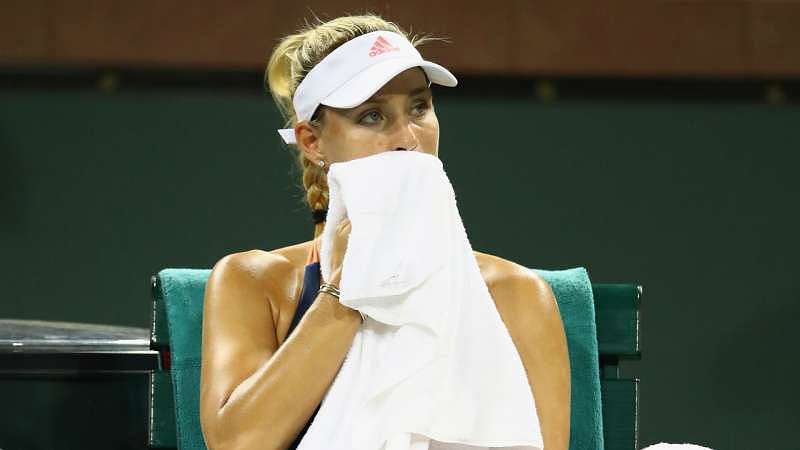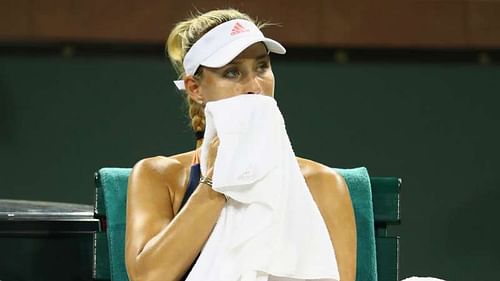
French Open 2017: Kerber and Murray bound by crippling loss of form

Something strange is happening in the world of tennis. Its top talents are experiencing a growing void between their ability and their form.
While men's number one Andy Murray has lurched from one early round exit to the next in 2017, female counterpart Angelique Kerber has fared little better.
Like Murray, Kerber reached three grand slam finals along with the Olympic showdown en route to assuming the top ranking last year. Like Murray, she enters the second major of this season enduring a prolonged bout of poor form.
Somehow, at the apparent height of their powers, they have suddenly been struck down by a crippling inability to wield them.
I had a tough week at the #MMOPEN but thanks to all the fans for the support #TeamAngie
If there is a patient zero for this spreading virus, Novak Djokovic presents himself as a likely candidate.
The Serbian will begin the defence of his French Open title next week, returning to the scene where upon his last visit he completed a career Grand Slam.
But in achieving that long-held goal, and acquiring something close to sporting immortality in the process, Djokovic also appeared to lose something vital.
It may simply have been the inevitable mental and physical fatigue of that Herculean effort – spanning eight years from his maiden slam to that moment of history at Roland Garros – or perhaps, quite justifiably, he felt entitled to enjoy the view amid the rarefied air of that towering summit.
Whatever it was, his loss of focus and direction was evident and Djokovic has since chosen the "shock therapy" of ditching the entire support staff that had helped him scale that mountain, with Andre Agassi now in his corner.
Neither Murray nor Kerber have opted for anything quite so dramatic, but it is becoming increasingly clear that some sort of catalyst is required to revive their flagging fortunes.
The symptoms set in quickly for Kerber after her US Open triumph last September, since when she has wilted repeatedly in the face of high-ranking opponents.
Defeats to top-35 players have been commonplace, starting in Wuhan and Beijing last year, continuing this year in Brisbane and Sydney before the meek defence of her Australian Open title, with the theme cementing itself in Doha, Dubai, Indian Wells, Miami, Monterrey and Stuttgart.
At the Madrid Open it was a combination of Eugenie Bouchard and a hamstring problem that curtailed Kerber's involvement in the round of 16, which is also the stage at which Murray exited.
Remarkably, the parallels grew deeper in Rome, where Kerber and Murray – top seeds in their respective draws – fell at the first hurdle, having received byes through the opening round.
.@fabiofogna on fire!
— Internazionali Bnl (@InteBNLdItalia) May 17, 2017
Take a look at the highlights of yesterday's last match against @andy_murray! #ibi17 #ATP pic.twitter.com/s7pijHp3D7
It is against the backdrop of those failings that the duo head to Paris for a tournament at which both players have endured their most underwhelming performances in majors.
Perhaps it is a little harsh on Murray to suggest he struggles in the French capital – the last three years have seen him reach two semis and, of course, the final.
Kerber, though, has never gone past the last eight and, even during the greatest year of her career last time around, was dumped out in the first round.
With Maria Sharapova denied a wildcard and three-time champion Serena Williams' pregnancy keeping her on the sidelines, this could have been the ideal time for Kerber to reach new heights in France.
But now, the odds of a Murray-Kerber French Open double – an outcome which, at the turn of the year, looked eminently possible – seem vanishingly remote.